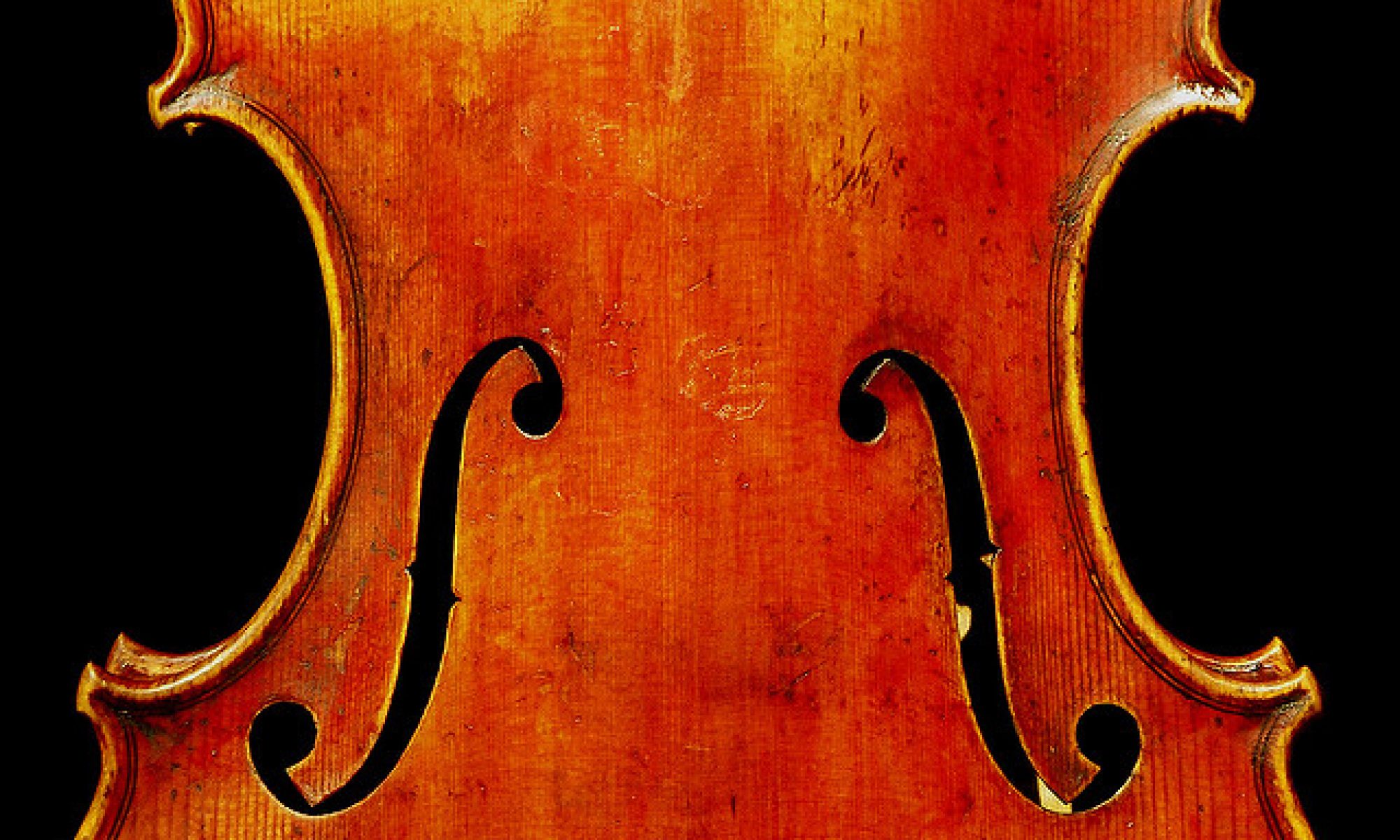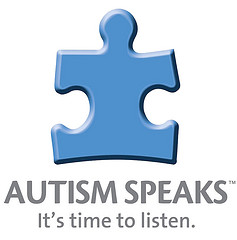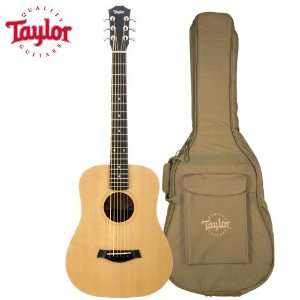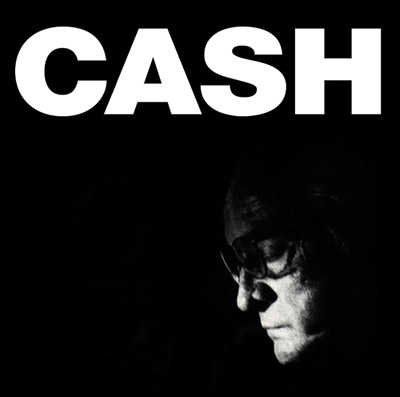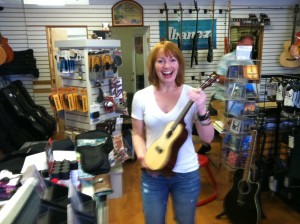I have always had a tumultuous relationship with music. I started playing violin before I was able to form memories, and grew up with music as an integral part of my life. I burnt out on it in college, even though I was studying vocal performance. I graduated in three years, mostly because I wanted to be done and get on with it, whatever “it” turned out to be. I stopped playing violin for a few years. Only recently, since I’ve been in Minneapolis, have I played it with any frequency again. Now I use music as a tool for others. I haven’t though I use music for myself. I’ve resigned myself in the last few years to thinking of music as a job, albeit a creative and fulfilling one. I have had trouble really identifying myself as a musician. I’ve always thought that I would have to know more in order to identify as one. I’d have to be better able to work with music theory. I’d have to know about more bands. I’d have to write a certain kind of song. Essentially, I’d never be able to truly be a musician, because I don’t have the time, energy, or interest to be or know all these factions of music.
Only this week have I had something of a revelation in regard to my relationship with music. What if I re-position myself? What if I acknowledge that the way I compose my music, the way I play, and certainly the way I sing and use my voice to connect with others really is music? I don’t write songs in the traditional way. I don’t analyze fugues (anymore). I don’t remember a whole lot of the music history I once learned, even though I did find it fascinating. But I do engage with my own music on a daily basis. I use music as a means to communicate and find meaning where I can’t otherwise. I use music to soothe, calm, excite, and energize. I use it to regulate my own energy. I use it in myriad ways, really, and I find it emerges in very natural, unique expressions, given the needs of the circumstance. I do use music. I use it for others and for myself. I take this opportunity to re-create what music is in my eyes.
Do you have trouble identifying yourself in a way that you think you should?
